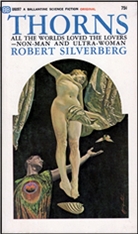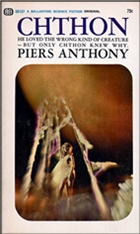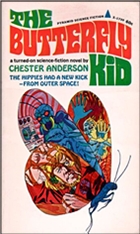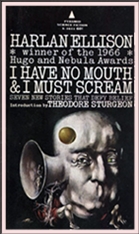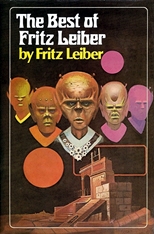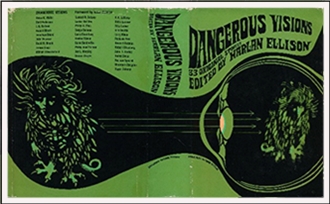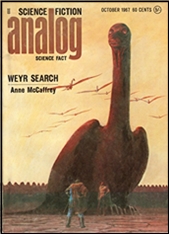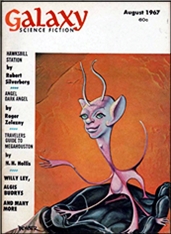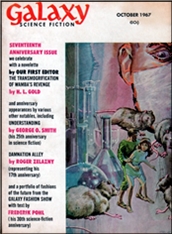Wed 15 May 2024
SF Diary Review: OTHER WORLDS SCIENCE STORIES June-July 1951.
Posted by Steve under Diary Reviews , Magazines , Science Fiction & Fantasy[12] Comments
OTHER WORLDS SCIENCE STORIES. June-July 1951. Editor: Raymond A. Palmer. Cover art: H. W. McCauley. Overall rating: *
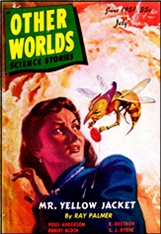
RUSSELL BRANCH “Time Flaw.” Novelette. The love betwen Captain Hunter of the S. S. Stella and one of his passengers is interrupted by disaster and application of Einstein’s theories. Poor writing keeps plot from any depths it might have been capable of. (1)
POUL ANDERSON “The Missionaries.” Alien worship of machines is carried to its logical conclusion, cannibalism. (2)
R. BRETNOR “The Fledermaus Report.” Martin Fledermaus, chosen as first human to fly to the moon, discovers that the beauty of one’s wife is relative. Tripe. (0)
ROBERT BLOCH “The Tin You Love to Touch.” Low-grade comedy about the female robot maid that comes between Roscoe Droop and his domineering wife, This is really low. (0)
RAY PALMER “Mr. Yellow Jacket.” Galactic census-takers discover that some humans have the power yo make thoughts real, Included (page 81) is one of the silliest theories of meteors ever. (0)
S. J. BYRNE “Beyond the Darkness.” Novella. Intrigue aboard one of a fleet of FTL ships seeking new worlds for humanity. The passengers are subjected to a memory-erasing device so that the rebellious navigators can return to contest for already inhabited worlds. Nad, our hero, finds the ex-captain still alive; the plan fails, escape, discovery, loss of heroine, villain returns from oblivion, cowardly brother redeems himself. People don’t really talk and act this way, do they? *½
